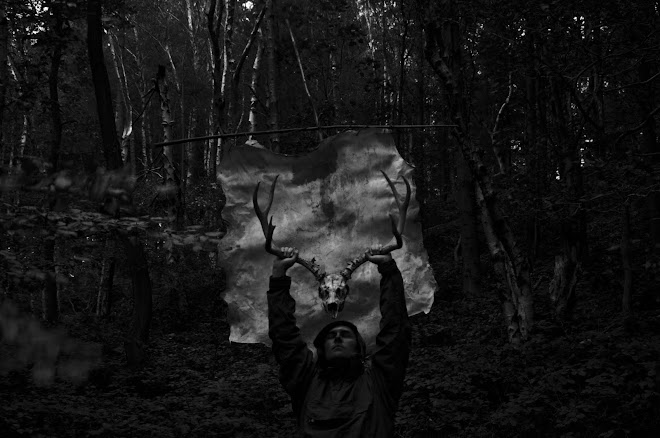skip to main |
skip to sidebar
Megalithic Monday: Gamelands Stone Circle





On a fine, bright winters day I set out to visit a series of megalithic monuments and stone circles in the east of Cumbria, a county which holds a third of all the stone circles in England. The concentration of prehistoric monuments in the county is testament to the importance of the area to our ancient ancestors but the questions I wished to explore by visiting these sites was what made this area so attractive, why were these sites chosen as special and then marked in such a visible way by the erection of massive stone monuments.
The night before my journey I had sat down with my 1:25000 OS maps spread over the floor and carefully planned my route so that I could cover as much ground as quickly as possible and it was with a light heart and a blithe spirit that I set out with my itinerary tightly scheduled. In the tangle of small lanes and minor roads that criss-cross the countryside south of Appleby my tightly scheduled itinerary began to unravel when I found the road I wished to take was being dug up by a team of navvies and was firmly closed. A quick glance at the map showed that I could get in from the west rather than the east but this would necessitate a lengthy detour however all was not lost as my new route would take me through the village of Orton and close to the circle at Gamelands. So I threw the itinerary out the window and trusted to my sense of direction.
Orton is a small and visibly affluent village sitting in a green low-lying hollow between the massive limestone scar to the north east, the Howgill hills to the south and Lakeland fells to the west. The village has all the necessary features of the chocolate box lid – white-washed stone cottages, a church with a high tower and large country houses with their own drives scattered around the perimeter. Leaving the village along the B6261 and driving east along the foot of the scar you come to Knott Lane, a small and rocky track leading to the stone circle. It was bitterly cold with the winds seeming to blow from every direction at once as I set off up the lane on foot. The map showed the circle to be on the eastern side of the dry stone wall, which at this point was around 5 feet high. I peered over the wall from the advantage point of a large mossy stone and there it was – 33 large pink granite boulders (actually 32, one of the boulders is limestone and badly weathered and pitted) in a rough broken circle with sheep tracks between. A quick look over my shoulder to make sure I was alone then an even quicker climb over the dry stone wall, here made with large stone slabs that acted as steps, and I was down the other side and among the circle.
Gamelands is a large structure, around 40 metres in diameter, with some very large stones, which although fallen still retain their sense of scale and presence. The stones themselves are glacial erratics of Shap granite, deposited in this predominantly limestone area by the retreating ice of the last glaciation. They have an easy and worn shape, like a boiled sweet that has been sucked smooth. The pink feldspar crystals, or phenocrysts, give the stones a fleshy, organic look – almost like the backs of subterranean animals breaching the surface of the earth. In the bitter winds I walked around the circle and touched the stones, noting the blue pieces of piping discarded in the middle – the ubiquitous agricultural litter of the British countryside. Nobody was around. Very few cars passed by on the road to the south. Only the sheep watched me and then only briefly, returning after quick glances to the grass that was much more important.







No comments:
Post a Comment